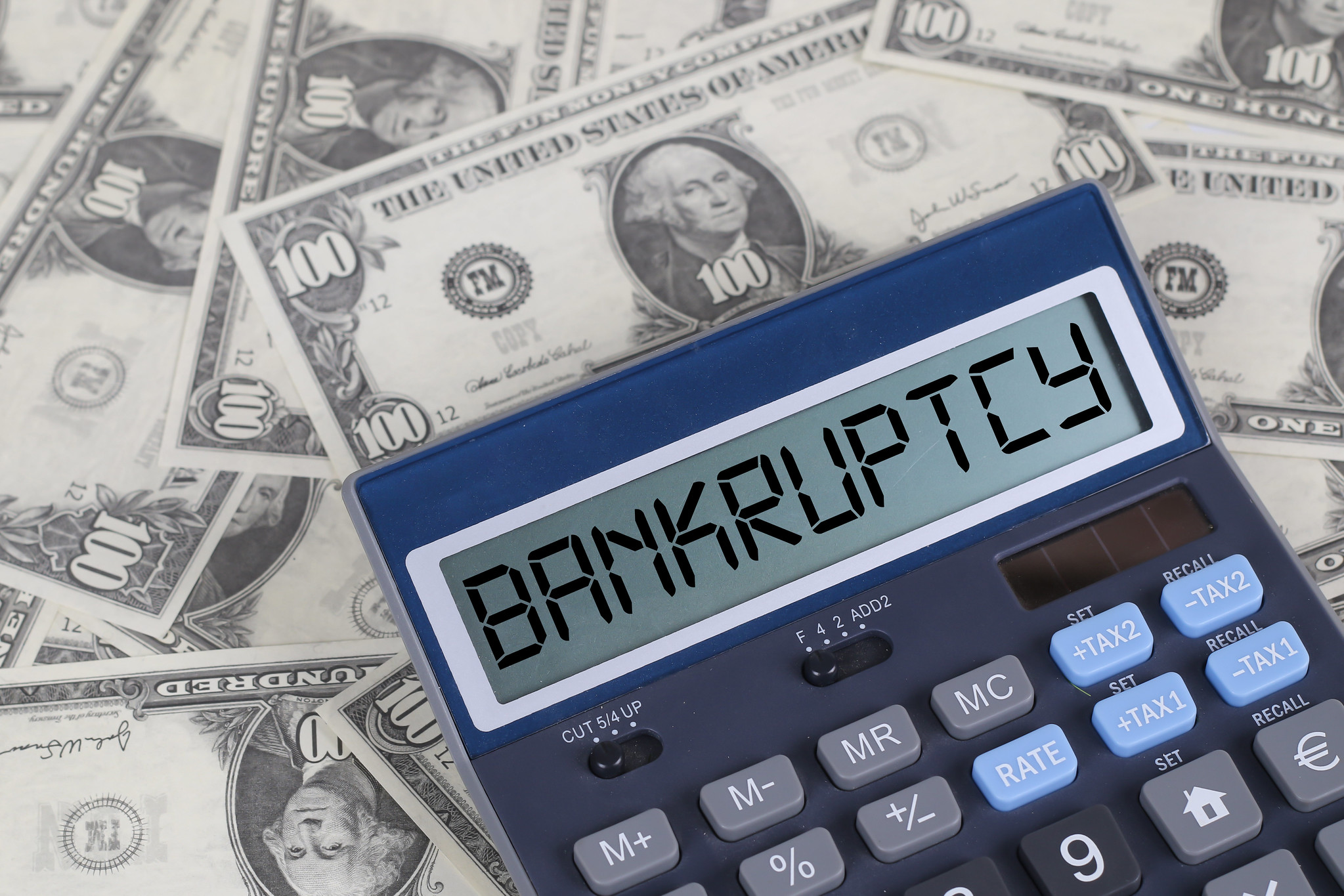Bankruptcy can have significant ramifications for businesses, including damage to their reputation, loss of customers, and decreased access to credit.
Bankruptcy occurs when a company is unable to pay its debts and seeks legal protection from creditors. When a company goes bankrupt, its assets are used to settle outstanding debts.
This approach to settling debts allows bankrupt businesses to restructure or cease operations in some cases. A skilled North Bay lawyer can help businesses navigate potential challenges when facing bankruptcy.
Common Causes of Business Bankruptcy
Here are 10 common causes of business bankruptcy:
Poor Financial Management
Inefficient handling of finances can lead to bankruptcy, such as:
- Overspending
- Mismanagement of cash flow, or failure to monitor expenses.
Inadequate Capital
Insufficient funds to cover operational expenses, expansion, or unexpected costs can result in financial instability and eventual bankruptcy.
Economic Downturn
A recession or economic downturn can lead to reduced consumer spending, decreased demand for products or services, and ultimately, financial strain on businesses.
High Levels of Debt
Excessive borrowing or reliance on credit without a sustainable repayment plan can lead to overwhelming debt and bankruptcy.
Lack of Strategic Planning
Failing to develop and execute a viable business strategy, including market analysis, competitive positioning, and long-term planning, can leave a business vulnerable to bankruptcy.
Legal Issues or Lawsuits
Costly legal battles, settlements, or fines can drain a company’s resources and contribute to financial insolvency.
Changes in Industry or Market Conditions
Failure to adapt to evolving market trends, consumer preferences, or technological advancements can render a business obsolete and lead to bankruptcy.
Poor Leadership or Management
Ineffective decision-making, lack of vision, or internal conflicts within the leadership team can contribute to a company’s downfall.
Ineffective Marketing and Sales Strategies
Inability to attract and retain customers, coupled with ineffective sales and marketing efforts, can lead to declining revenues and bankruptcy.
Failure to Adapt to Technological Advancements
Neglecting to embrace new technologies or failing to innovate can result in loss of competitiveness and eventual bankruptcy.
Reasons to File Business Bankruptcy
Filing for business bankruptcy is a significant decision, and there are several reasons why a company might choose to take this route:
Overwhelming Debt
When a business finds itself drowning in debt, bankruptcy can provide relief by restructuring or eliminating debts, allowing the company to regain financial stability.
Legal Protection
Bankruptcy offers legal protection from creditors’ collection efforts, such as lawsuits and debt collection calls, giving the business breathing room to reorganize its finances.
Business Reorganization
Chapter 11 bankruptcy allows businesses to reorganize their operations and finances while continuing to operate, giving them a chance to turn things around without shutting down completely.
Asset Protection
Bankruptcy can help protect valuable assets from being seized by creditors, preserving them for the business’s future operations or to satisfy debts in a more controlled manner.
Fresh Start
For businesses facing insurmountable financial challenges, bankruptcy provides an opportunity for a fresh start, allowing owners to move forward with a clean slate and a chance to rebuild their enterprise.
How to Save a Business at the Brink of Bankruptcy
When a business is teetering on the edge of bankruptcy, several strategies can be employed to turn things around and avoid financial collapse, including:
Cutting Costs

Identifying and eliminating unnecessary expenses are probably the most immediate actions to take. This may involve renegotiating contracts with suppliers, reducing overhead costs, or even downsizing staff.
Increasing Revenue
Finding ways to boost sales and generate more revenue is crucial. This could involve launching new marketing campaigns, expanding into new markets, or diversifying product offerings to attract a wider customer base.
Debt Restructuring
Negotiating with creditors to restructure debts can provide temporary relief by extending repayment terms or reducing interest rates, making it more manageable for the business to meet its financial obligations.
Seeking Financing
Securing additional funding through loans, lines of credit, or investment from stakeholders can inject much-needed capital into the business, providing liquidity to cover expenses and support growth initiatives.
Seeking Professional Help
Consulting with financial advisors, turnaround specialists, or legal experts can provide valuable insights and guidance on navigating the complexities of financial distress. These professionals can help develop and implement a comprehensive turnaround plan tailored to the specific needs of the business.
Potential Effects of Bankruptcy on Businesses
Bankruptcy can have significant ramifications for businesses, including damage to their reputation, loss of customers, and decreased access to credit. It may lead to layoffs and employee morale issues. Furthermore, bankruptcy can result in the liquidation of assets, leaving the business with fewer resources to operate or grow.
Additionally, the process can be costly and time-consuming, diverting attention away from core operations and hindering the company’s ability to recover swiftly from financial distress.
If your business is on the brink of bankruptcy, you can salvage the situation. Skilled and reputable lawyers and financial advisors can offer expert guidance to help businesses undergoing bankruptcy.


Join the conversation!